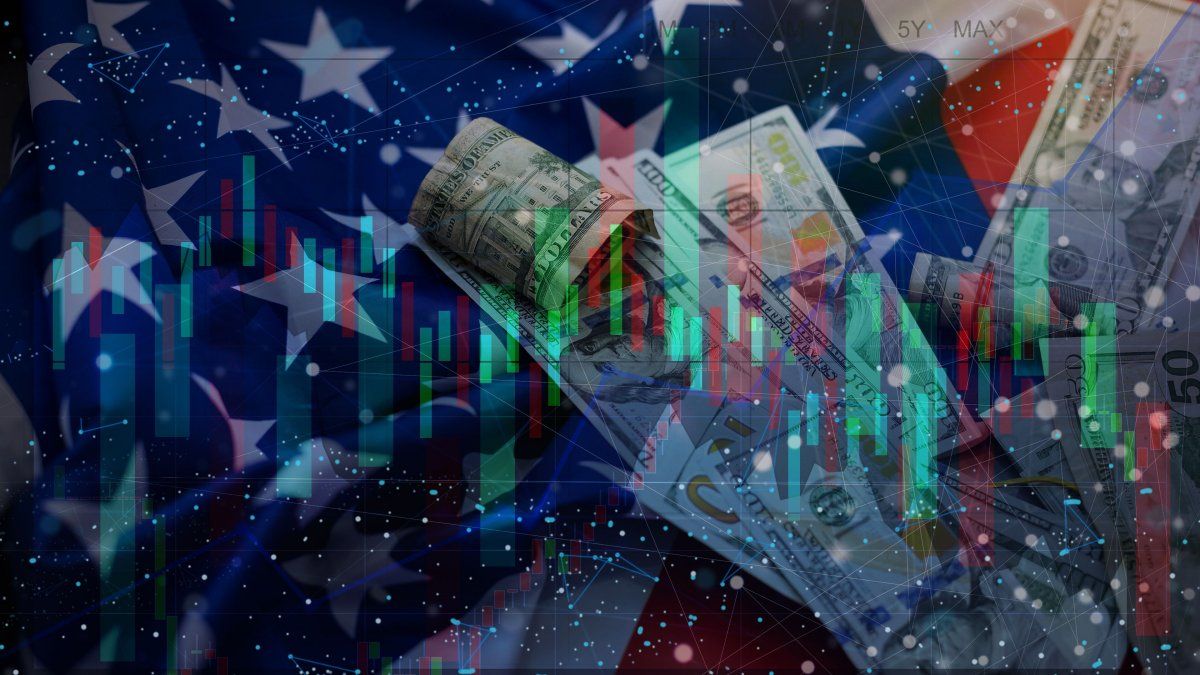The moderation took hold in the US economy. Monetary policy seems to have had its way. And perhaps it is time to move on to the next stage, contemplated since December in the map of points of the FED. The rate cutthe turn that Wall Street you are interested, it is suspended in standby mode.
It remained under lockdown due to the glut of first-quarter data. But the latest wave of data provided evidence of an extended, and promising, calm front. Inflation, employment and spending now fit into the framework that the central bank had in mind. And the rise in the unemployment rate, to low levels not seen since 2018, brings the novelty (and the sting) that was missing. If, as pointed out Jay Powell, The Fed is not in the business of letting things break and then fixing them, and the time to start cutting rates has never been closer. And not because there is any urgency, just because prevention is better than cure.
However, while the economy is calming down, politics is heating up. The sweeping changes in Britain or France do not have much weight. Whether from right to left, or vice versa, Wall Street pays little attention to what happens outside its borders (and these are bloodless turns, not like the violence that is boiling in Ukraine or the Middle East). Domestic politics is the only one that is noticeable. By force, because the debacle of the president Biden in the debate it went viral, and it is not fake. And because the former president’s platform Trump, Even if it is fake, it cannot be ignored after such a setback and given the confusion that reigns in the government.
Inflation folded its wings in May after the unexpected exuberance of the first quarter. The labor market slowed sharply in April and then rebounded in May and June. More jobs were created last month – a net 206,000 – than estimated. However, the revised data shaved a total of 111,000 off the tally for April and May. And the picture that emerges from the past three months is a slowdown in line with the Fed’s needs.
The quarterly moving average in May was showing the creation of 249 thousand jobs per month, in clear acceleration. The current rate – 177 thousand – is not out of step with the pace to which we have become accustomed in the second half of 2023. What is rising, slowly and steadily, is the unemployment rate. It crossed the 4% threshold – 4.1% – and stole the headlines. The labor market is no longer the tireless machine that it used to operate at full speed. It is cooling down. The FED will not ignore it. Although 4% is the definition of full employment for the authorities. The markets believe that it is the ticket, now that inflation has calmed down, to start the rate cut agenda. Nobody expects it at the next meeting, at the end of the month, on the 31st. But three out of four see a reduction of a quarter of a point on September 18.
When inflation took off at the beginning of the year, and he did not expect it, Powell, unfazed, advocated arming himself with patience. The rate hike was disconnected a year ago. And the big boss did not despair when the poor inflation results sowed doubts. And it was not an isolated month, it was three in a row. He will not be in a hurry to act either until the data confirms his progress and the moderation of employment.
The economy finally lands according to plan. Eureka! Rushing can undo all the good that has been done. Falling asleep at the helm, however, is also unacceptable. If inflation falls quickly, Powell said after the last meeting, the Fed is ready to lower rates. And if the labor market suddenly becomes damaged, too.
But is this the case? In June, unemployment rose by one-tenth, which was the increase in job offers. The employment rate remained stable. 60.1% of the population is employed. The same as in May. And the same as when the FED began raising rates from zero in March 2022. Even so, the labor market is cooling down. Searches are falling, unemployment is increasing, full-time jobs are being lost, it is taking longer to find a new one, nominal wage growth is slowing down, and especially for those who do not rotate jobs. There is no doubt about the direction in which the winds are blowing. Or, rather, the breeze. An overheated labor market had to be calmed. But there is no need to wait for it to go bankrupt. A precautionary rate cut will make sense in September if the current trend continues.
The only obstacle will be the emergence of Trump. The bonds pointed this out after the debate (and an impeccable reading of inflation). The Trump effect won out over zero inflation for the month: ten-year rates climbed and approached 4.50%. But on Friday, thanks to the rise in the unemployment rate and the invocation of the Sahm rule (which foretells the proximity of a recession), the long-term rate fell to 4.27%. It is logical. Given the risk of a collision, the FED will cut rates. First things first. Then it will see how it deals with the reality that the polls may bring.
Source: Ambito
I am a 24-year-old writer and journalist who has been working in the news industry for the past two years. I write primarily about market news, so if you’re looking for insights into what’s going on in the stock market or economic indicators, you’ve come to the right place. I also dabble in writing articles on lifestyle trends and pop culture news.




